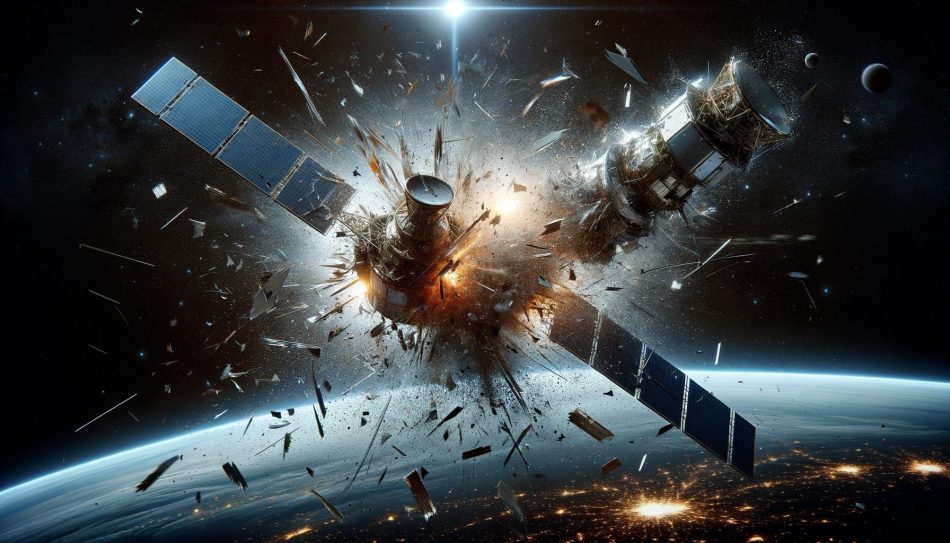Space exploration and satellite deployment have soared to new heights in recent years, with companies like SpaceX leading the charge. However, with this rapid advancement, concerns about the potential for a Kessler Syndrome scenario have emerged.
This phenomenon is a self-sustaining cascade of space debris collisions, poses a significant risk to space operations and Earth-based technologies.
As SpaceX plans to launch nearly 12,000 satellites, with a possible extension to 42,000, the question arises: could SpaceX inadvertently trigger this catastrophic chain reaction?
Understanding Kessler Syndrome
First coined by NASA scientist Donald J. Kessler in 1978, Kessler Syndrome is a theoretical scenario in which the density of objects in low Earth orbit (LEO) is high enough that collisions between objects could cause a cascade effect. Each collision generates space debris, increasing the likelihood of further collisions.
SpaceX’s Ambitious Satellite Constellation
SpaceX, founded by Elon Musk, has embarked on an ambitious project known as Starlink. The goal is to create a satellite constellation to provide global internet coverage. The plan involves deploying nearly 12,000 satellites initially, with a potential expansion to 42,000. These numbers are staggering when compared to the approximately 2,000 operational satellites currently orbiting Earth.
The Potential Risks of Satellite Deployment
- Increased Collision Probability: With thousands of satellites in orbit, the risk of collisions rises, potentially leading to the Kessler Syndrome scenario.
- Long-Term Sustainability: The sustainability of space operations becomes questionable with the increased risk of space debris.
- Impact on Astronomical Observations: Large constellations of satellites could interfere with astronomical observations and research.
So What are SpaceX’s Mitigation Strategies?
SpaceX is not oblivious to these concerns and has implemented measures to mitigate potential risks:
- Automated Collision Avoidance Systems: These systems aim to reduce the likelihood of collisions in space.
- Deorbiting Non-Functional Satellites: Plans are in place to deorbit satellites that are no longer functional.
- Coordination with Regulatory Bodies: SpaceX works closely with international space agencies to ensure safe operations.
The Role of Regulation and Global Cooperation
The mitigation of Kessler Syndrome risks is not solely SpaceX’s responsibility. It requires global cooperation and robust regulatory frameworks. International space agencies and organizations must collaborate to establish guidelines and best practices for satellite deployment and space debris management.
Conclusion
As we venture further into the cosmos, the potential for a Kessler Syndrome scenario becomes a crucial consideration. While SpaceX’s Starlink project is revolutionary, it brings with it the responsibility to ensure the long-term sustainability of space operations.
Through a combination of technological innovation, regulatory oversight, and international cooperation, the risks associated with satellite deployment can be managed. The future of space exploration and utilization depends on our ability to maintain the delicate balance between advancement and preservation.



